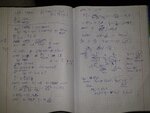Junus2012
Advanced Member level 5
Thank you Dominik,
Soon I will verify the simulation and give you feedback regarding your other comments as well,
thank you very much
Soon I will verify the simulation and give you feedback regarding your other comments as well,
thank you very much

